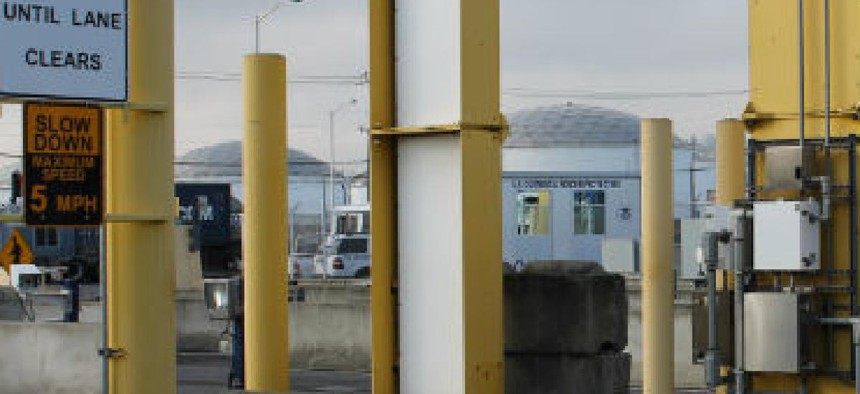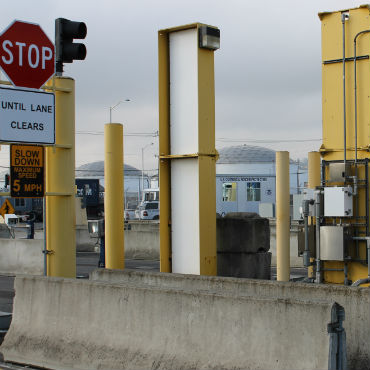Lab reduces false radiation alarms at ports

Fine-tuning cargo radiation-detection gear to rule out red herrings saves money and time, according to the Pacific Northwest National Laboratory.

Alerts generated by low-level, natural radiation in international cargo such as granite, bananas, ceramic pots and even cocoa powder cost Customs and Border Protection millions of dollars and thousands of hours every year as the items make their way through U.S. ports.
Such material regularly sets off thousands of CBP devices designed to detect dangerous nuclear material, requiring agents to spend time reinspecting the cargo.
To address the problem, the Pacific Northwest National Laboratory developed a way to more efficiently calibrate the detectors to ignore low-level radiation based on a more selective algorithm. CBP is implementing the new settings on its 1,300 radiation portal monitors nationwide, and the lab said the work has been completed on all handheld monitors and at the top 26 seaports and 16 critical land border crossings.
As a result, alarm rates have dropped by an average of 78 percent at seaports and an average of 44 percent at land border crossings, according to the lab. Reductions on mobile monitors are expected to average about 50 percent.
Those reductions have translated to a decrease of more than 230,000 alarms per year and a savings of more than 57,000 hours in processing time. As a result, 88 CBP officers have moved on to higher-priority enforcement duties.
Lab officials said they expect $55 million in savings over the next 10 years because of fewer reinspections for false alarms.





